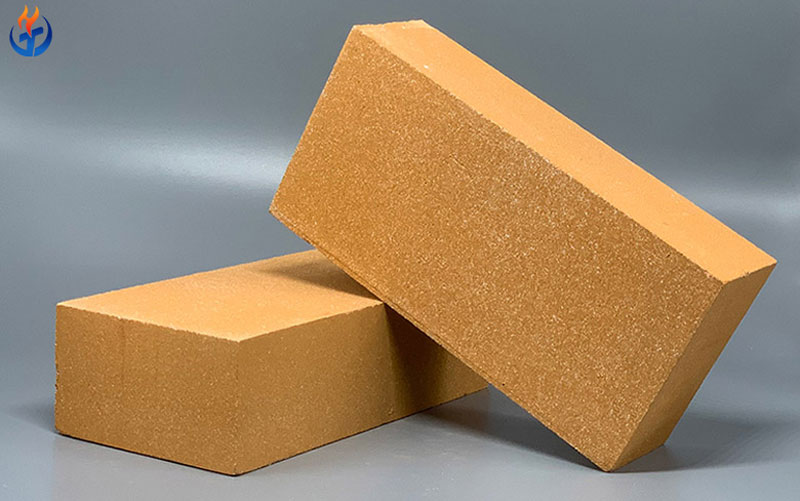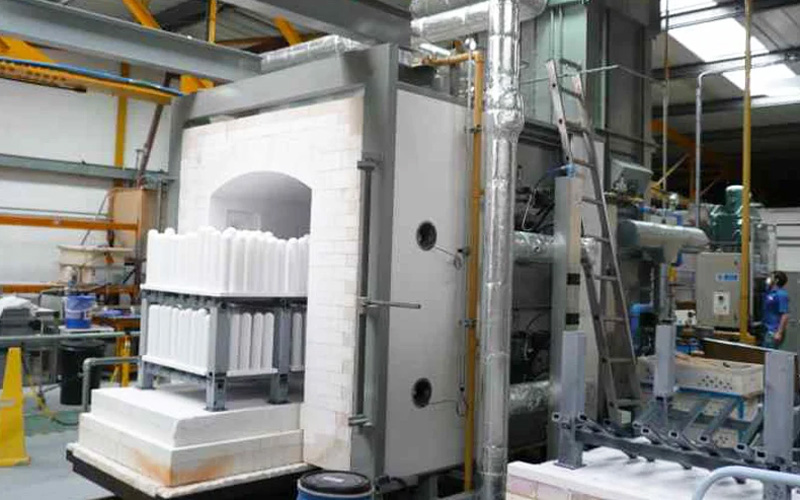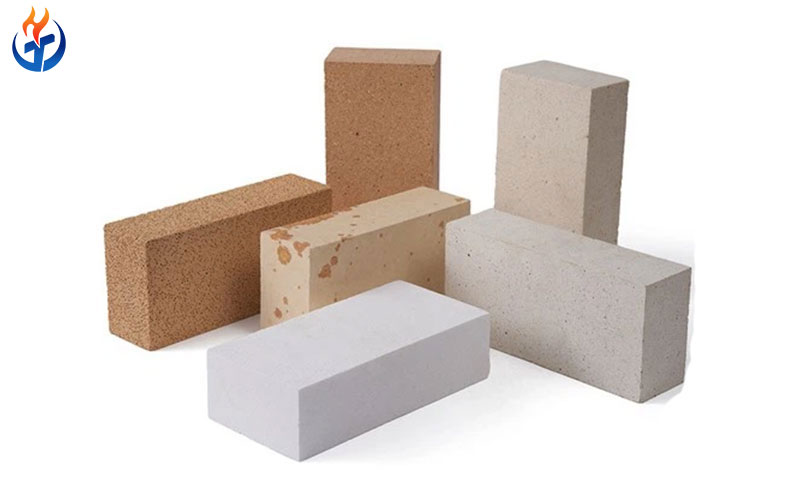Lightweight mullite insulation bricks are a cornerstone in high-temperature industrial applications. Known for their exceptional thermal insulation and resistance to extreme conditions, these refractory materials are indispensable in furnaces, kilns, and other high-temperature equipment. Among the most widely used lightweight mullite insulation bricks are the JM series: JM23, JM26, JM28, and JM30. While all of them share common characteristics such as low thermal conductivity, excellent thermal shock resistance, and high-temperature stability, each grade has distinct properties and applications. This comprehensive guide will explore their differences and help industries select the most suitable brick for their specific needs.
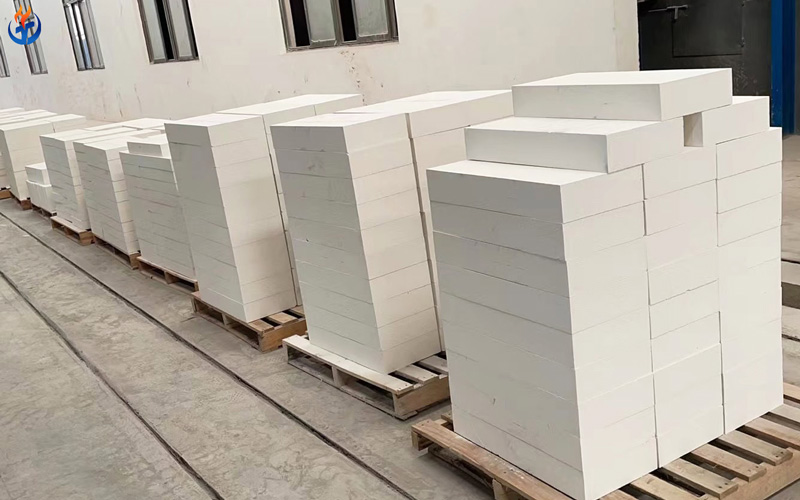
What Are Lightweight Mullite Insulation Bricks?
Lightweight mullite insulation bricks are advanced refractory materials primarily composed of mullite, a compound of aluminum silicate. Mullite is renowned for its high melting point, low thermal conductivity, and excellent resistance to chemical corrosion. These bricks are designed to directly contact flames and maintain structural integrity under high temperatures. Their lightweight nature, combined with high mechanical strength, makes them ideal for applications where energy efficiency, durability, and thermal insulation are critical.
Some of the key advantages of lightweight mullite insulation bricks include:
High-Temperature Resistance: Mullite has a melting point of approximately 1850°C, allowing bricks to endure extreme heat without deformation or melting.
Chemical Resistance: High mullite content ensures strong resistance to acids, alkalis, and other corrosive materials.
Thermal Shock Stability: Bricks resist cracking and spalling when exposed to rapid temperature changes.
Lightweight and High Strength: Advanced production techniques create bricks that are both lightweight and structurally strong.
Energy Efficiency: Low thermal conductivity minimizes heat loss, reducing energy consumption in industrial furnaces.
These features make lightweight mullite insulation bricks ideal for various industrial applications, from metallurgy to ceramics, chemicals, glass, and cement production.
Production Process of Lightweight Mullite Insulation Bricks
The performance of these bricks depends heavily on their production process, which typically involves the following steps:
Raw Material Selection: The primary material is mullite, often combined with small amounts of alumina and calcium oxide. High-quality raw materials are essential to achieving optimal thermal and mechanical properties.
Crushing: Raw materials are crushed to a uniform particle size, ensuring even mixing and consistent brick performance.
Mixing: Crushed materials are mixed with water and binders to form a homogeneous slurry. Proper mixing is critical for achieving consistent density and thermal properties.
Shaping: The slurry is shaped into bricks through pressing or casting methods, forming products of various sizes and specifications.
Firing: Shaped bricks are fired at high temperatures, generally between 1400°C and 1600°C. Firing stabilizes the brick structure and enhances refractory properties. Firing times vary depending on brick thickness and size.
Through this process, lightweight mullite insulation bricks gain their signature combination of low density, high mechanical strength, and excellent insulation performance.
Key Applications of Lightweight Mullite Insulation Bricks
Lightweight mullite insulation bricks are widely used in high-temperature industrial equipment, protecting structures from extreme heat, chemical corrosion, and material erosion. Common applications include:
Metallurgy: Lining ladles, iron ladles, and tundishes.
Glass Industry: Glass melting furnaces and regenerative chambers.
Cement Industry: Rotary kilns and preheaters.
Chemical Industry: Cracking furnaces, tubular heaters, reformers, and hot blast stoves.
Ceramics Industry: Shuttle kilns, roller kilns, tunnel kilns, and push plate kilns.
By providing excellent insulation and resistance to thermal stress, these bricks extend equipment lifespan, improve operational safety, and reduce energy consumption.
Differences Between JM23, JM26, JM28, and JM30
While all JM-series mullite insulation bricks offer high-temperature resistance and excellent thermal insulation, the grades differ significantly in alumina content, refractoriness, density, and mechanical strength. These differences determine their suitability for specific industrial applications.
1. Alumina Content
Alumina (Al₂O₃) content directly affects the brick’s thermal stability and insulation performance:
JM23: 38–44% Al₂O₃
JM26: 50–58% Al₂O₃
JM28: 60–70% Al₂O₃
JM30: 70–73% Al₂O₃
Higher alumina content generally increases refractoriness and chemical stability. JM23, with the lowest alumina content, is suitable for applications with moderate temperatures, while JM30, with the highest alumina content, is ideal for extremely high-temperature environments.
2. Refractoriness
Refractoriness indicates the maximum temperature a brick can withstand without deformation:
JM23: 1350°C
JM26: 1430°C
JM28: 1540°C
JM30: 1600°C
As the grade increases from JM23 to JM30, the bricks can endure progressively higher temperatures, making them suitable for more demanding industrial processes.
3. Bulk Density
Bulk density affects thermal insulation performance and mechanical handling:
JM23: 0.6 g/cm³
JM26 & JM28: 0.8 g/cm³
JM30: 1.0 g/cm³
Lower density bricks offer better insulation but slightly lower mechanical strength, while higher density bricks provide a balance between strength and insulation, making them ideal for heavy-duty applications.
4. Cold Crushing Strength
Cold crushing strength measures a brick’s ability to withstand mechanical loads:
JM23: 1.3 MPa
JM26: 2 MPa
JM28: 3 MPa
JM30: 3.5 MPa
Higher-grade bricks like JM28 and JM30 can bear more mechanical stress, supporting their use in applications with significant load or pressure.
Choosing the Right Grade
Selecting the appropriate JM-series brick depends on operational requirements, including temperature, mechanical stress, chemical environment, and insulation needs:
JM23: Best suited for moderate-temperature furnaces where lightweight insulation and energy savings are priorities.
JM26: Suitable for slightly higher temperatures, providing a balance between insulation and mechanical strength.
JM28: Ideal for high-temperature industrial applications with moderate mechanical loads, such as glass and chemical furnaces.
JM30: Recommended for extreme high-temperature environments and heavy-duty industrial equipment, where maximum refractoriness and strength are essential.
By understanding these differences, industries can optimize their equipment performance, reduce maintenance costs, and improve overall energy efficiency.
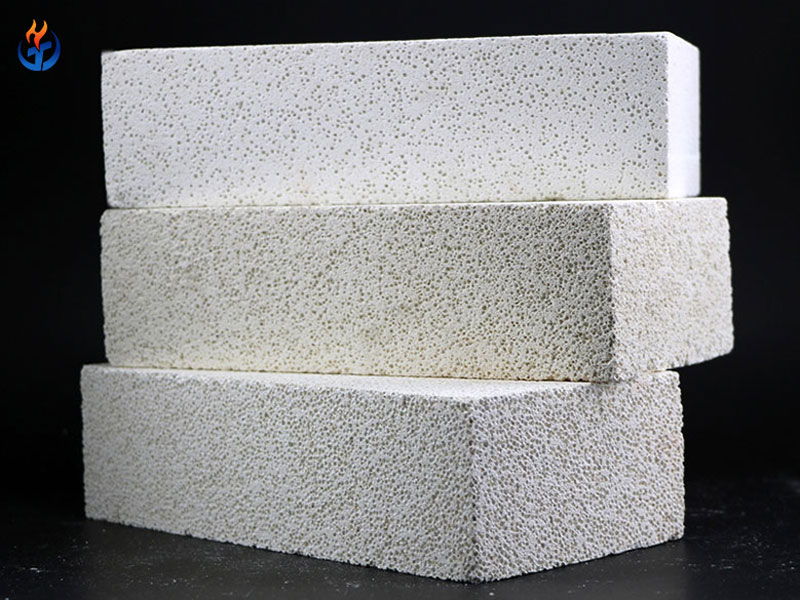
Benefits of Using Lightweight Mullite Insulation Bricks
Energy Savings: Low thermal conductivity reduces heat loss, lowering fuel consumption.
Durability: Excellent chemical resistance and thermal shock stability extend service life.
Operational Safety: High mechanical strength minimizes the risk of spalling or structural failure.
Cost Efficiency: Reduced maintenance and energy savings contribute to lower operational costs.
Versatility: Wide range of grades allows customization for specific temperature ranges and load requirements.
Conclusion
Lightweight mullite insulation bricks are indispensable in modern high-temperature industrial operations. The JM-series, including JM23, JM26, JM28, and JM30, offers a variety of grades to suit different temperature ranges, mechanical demands, and insulation needs. By carefully considering factors such as alumina content, refractoriness, bulk density, and cold crushing strength, industries can select the most appropriate brick grade for their specific applications.
Understanding these differences not only enhances operational efficiency but also ensures safety, energy savings, and long-term cost-effectiveness. Whether for metallurgy, ceramics, glass, cement, or chemical industries, choosing the right lightweight mullite insulation brick is key to optimizing high-temperature equipment performance.
For more detailed information on lightweight mullite insulation bricks and expert guidance on selecting the right grade for your application, visit our website or contact our specialized team today.
Want to get more about these mullite insulation bricks? Welcome to contact Xintai Refractory.
Email: sales@xintairefractory.com
Website: www.xintairefractory.com

